Class I certified and patented medical device.
Made of medical silicone and composed of two elements: right and left. Each element consists of a diagonal VERTICAL DISC that rests on the inside of the cheek and a wedge-shaped HORIZONTAL PART that grips between the teeth.
Each element is single and cannot be broken down into smaller pieces, does not require assembly and is ready for use.
Its characteristic shape allows the device to adapt to any mouth without the need to be customized.
Alifix exploits the neurophysiological training mechanisms of chewing in conditions of equilibrium, to eliminate the old automatisms and favor an increase in stability.
Inserted between the teeth, it induces a moderate and balanced muscular activity during swallowing. In this way, a feeling of well-being and relaxation is obtained in a short time.
Eliminates bad habits related to stress and creates the optimal conditions for balancing the occlusion.
Equipped with a practical box that allows you to always carry it with you.
Package: 1 pair of devices
Only logged in customers who have purchased this product may leave a review.

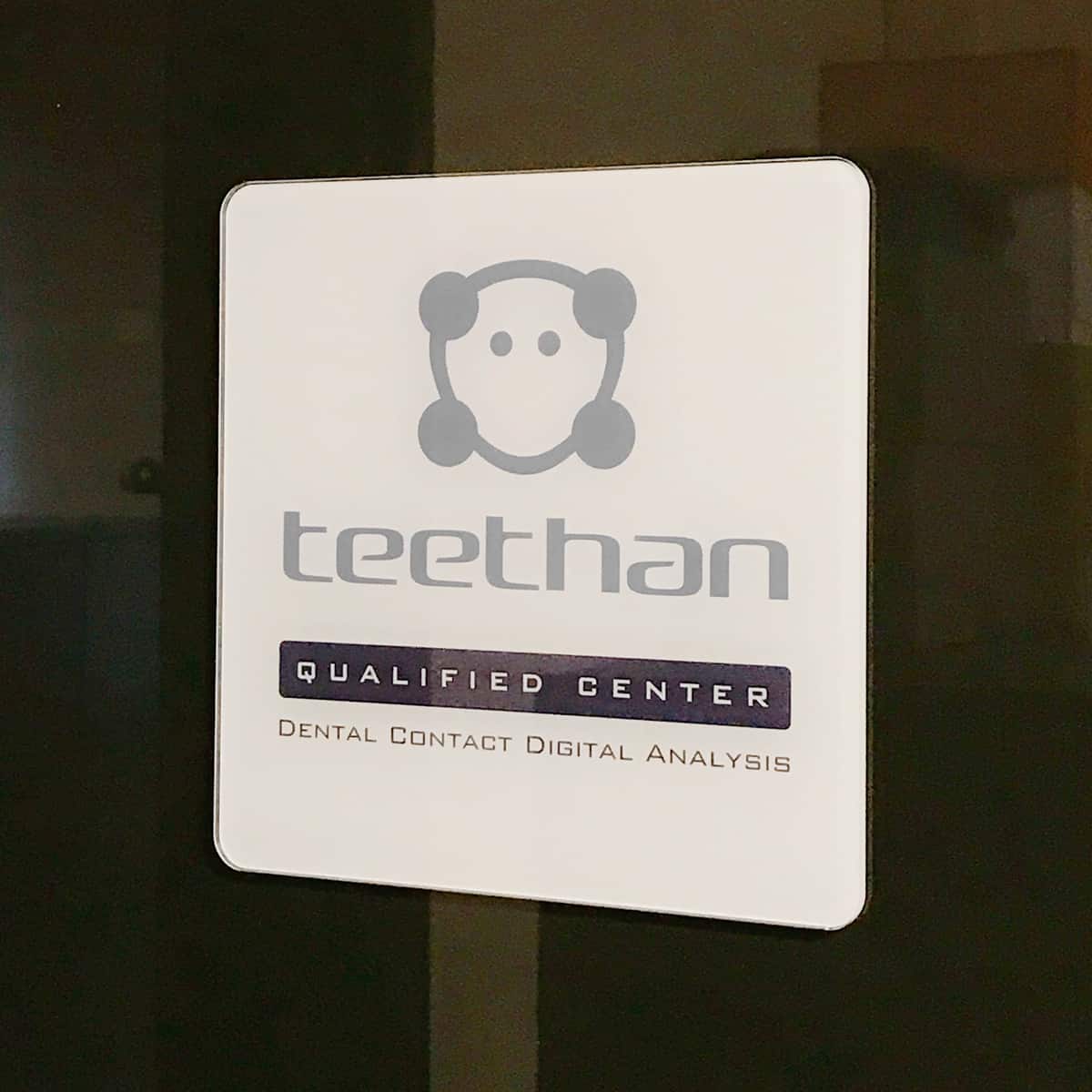

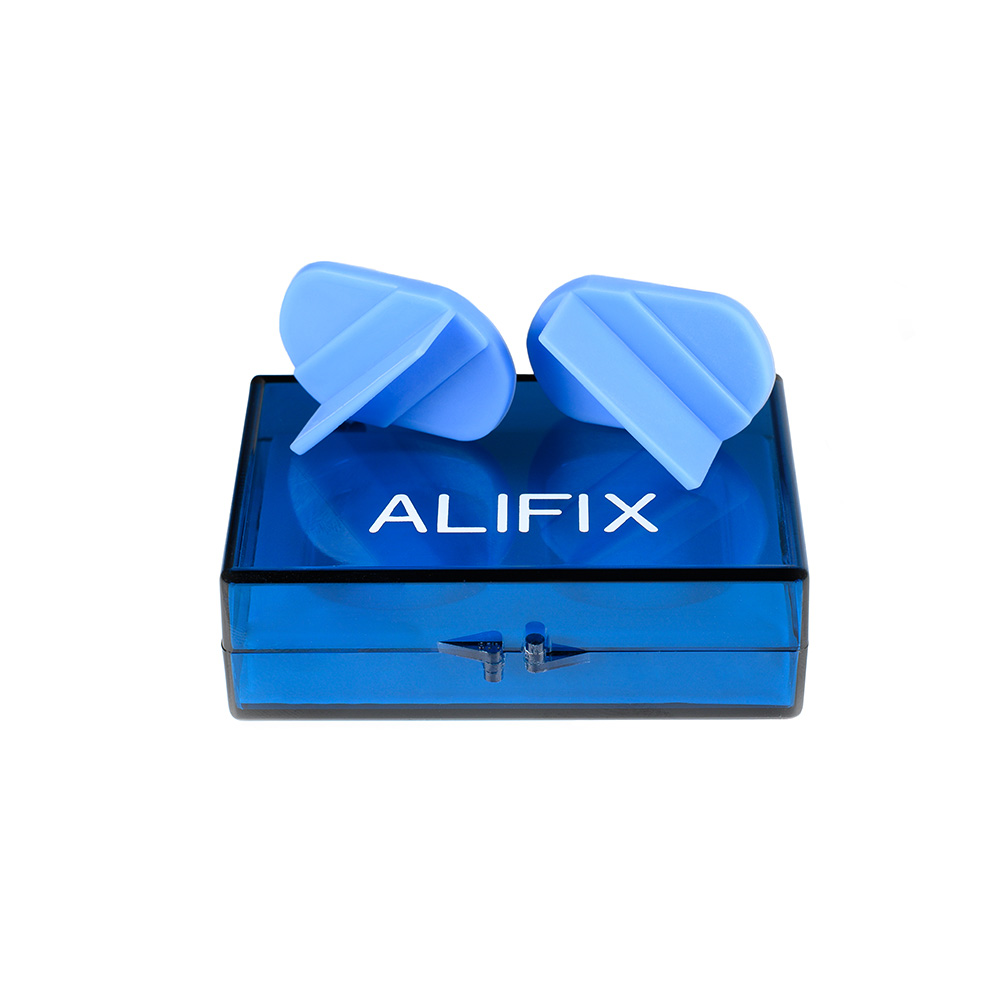
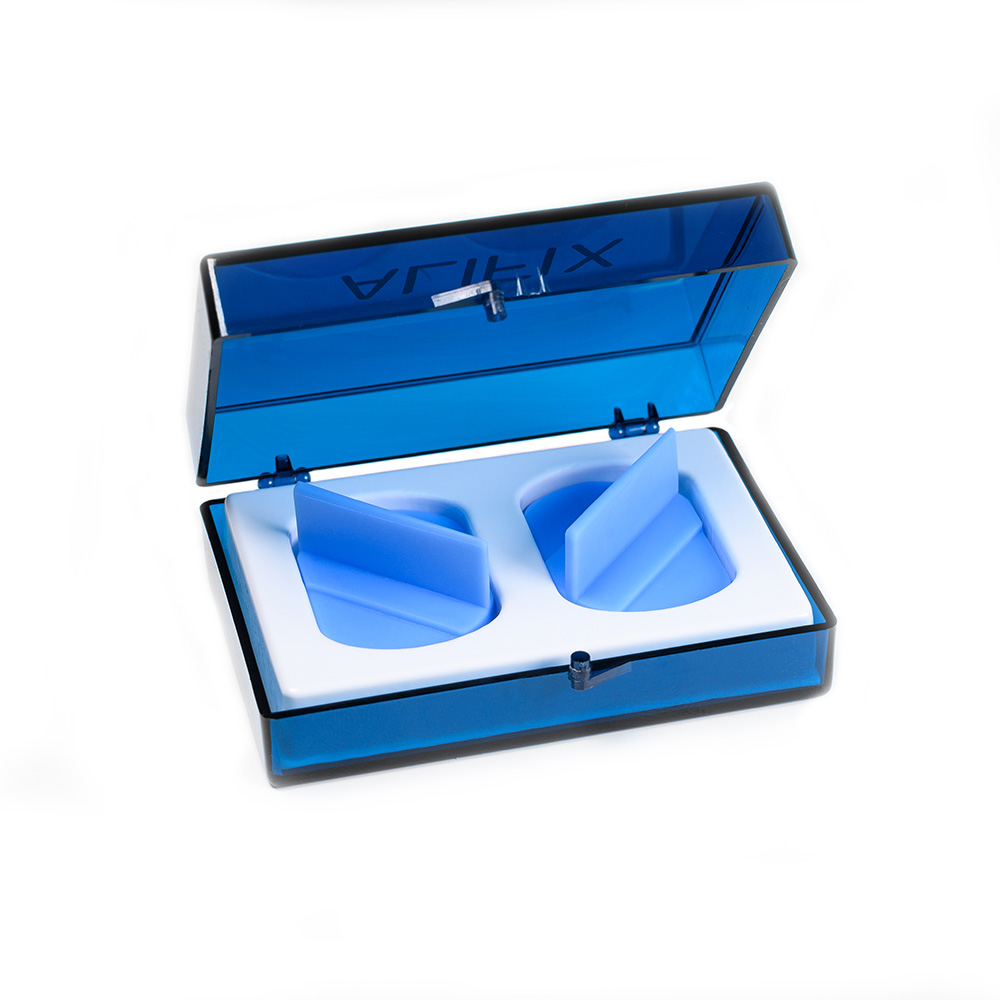
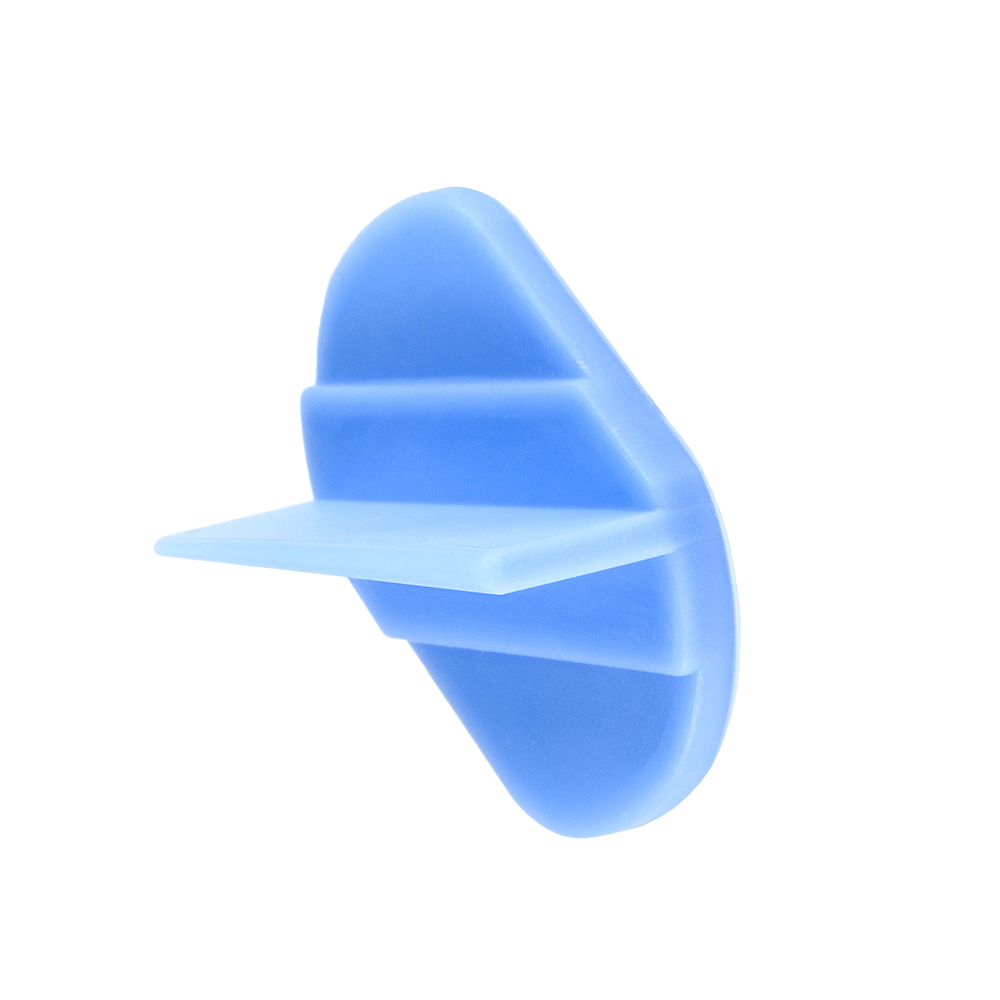
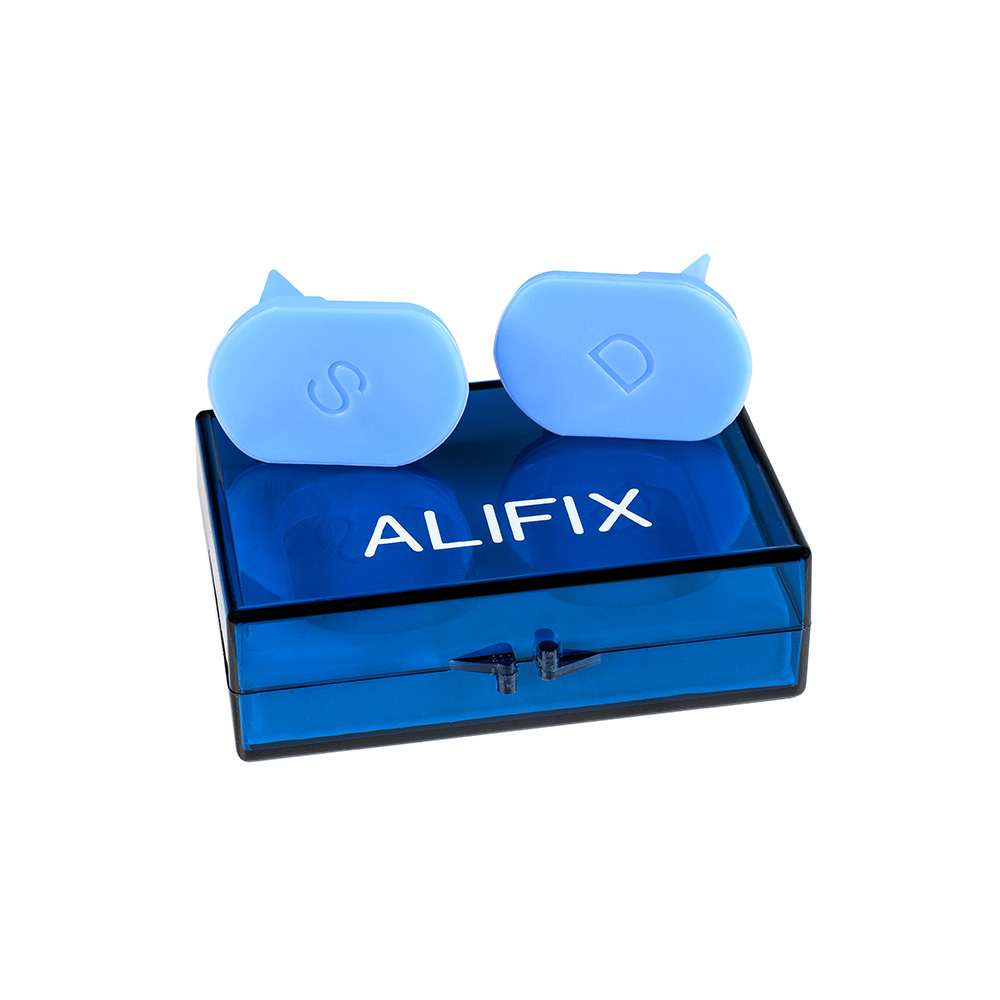
Reviews
There are no reviews yet.